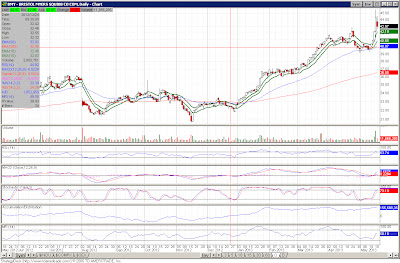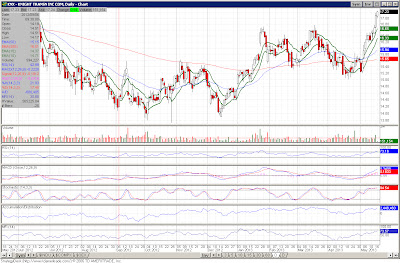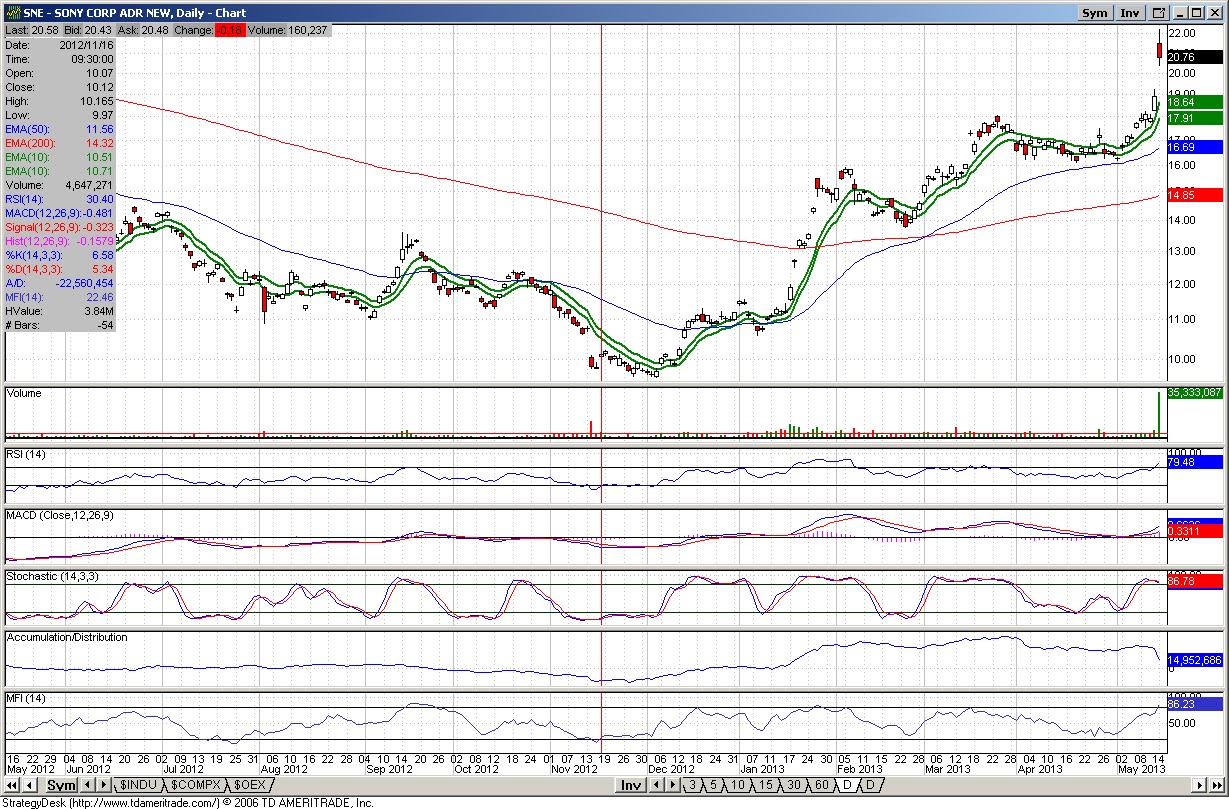by Frank Shostak and originally published at Mises.org
According to European Central Bank Governing Council member Ewald
Nowotny, Federal Reserve Chairman Ben Bernanke sees no risk of inflation
in the United
States. According to Nowotny, Bernanke had given a “very optimistic”
portrayal of the US outlook.
“They see absolutely no danger of an expansion in inflation,” Nowotny said. Bernanke had said US inflation should be
1.3 percent this
year.
Fed forecasts put inflation by the end of this year in a range of
1.3 to
1.7 percent. The yearly rate of growth of the
consumer price index (CPI) stood at 1.5 percent in March against 2 percent in February and 2.7 percent in March last year.
Also the growth momentum of the core CPI (the CPI less food and energy)
has eased in March from the month before. Year-on-year the rate of
growth has
softened to 1.9 percent from 2 percent in February and 2.3 percent in
March last year.


For Bernanke and most experts, the key factor that sets the foundation
for healthy economic fundamentals is a stable price level as depicted by
the
consumer price index.
According to this way of thinking, a stable price level doesn’t obscure
the visibility of the relative changes in the prices of goods and
services, but
enables businesses to see clearly market signals that are conveyed by
the relative changes in the prices of goods and services. Consequently,
it is held,
this leads to the efficient use of the economy’s scarce resources and
hence results in better economic fundamentals.
For instance, let us say that a relative strengthening in people’s
demand for potatoes versus tomatoes took place. This relative
strengthening, it is held,
is going to be depicted by the relative increase in the prices of
potatoes versus tomatoes.
Now in a free market, businesses pay attention to consumer wishes as
manifested by changes in the relative prices of goods and services.
Failing to abide
by consumer wishes will lead to the wrong production mix of goods and
services and will lead to losses.
Hence in our case businesses, by paying attention to relative changes in
prices, are likely to increase the production of potatoes versus
tomatoes.
According to this way of thinking, if the price level is not stable,
then the visibility of the relative price changes becomes blurred and
consequently,
businesses cannot ascertain the relative changes in the demand for goods
and services and make correct production decisions.
This leads to a misallocation of resources and to the weakening of
economic fundamentals. In short, unstable changes in the price level
obscure changes in
the relative prices of goods and services. Consequently, businesses will
find it difficult to recognize a change in relative prices when the
price level is
unstable.
Based on this way of thinking it is not surprising that the mandate of
the central bank is to pursue policies that will bring price stability,
i.e., a stable
price level.
By means of various quantitative methods, the Fed’s economists have
established that at present, policy makers must aim at keeping price
inflation at 2 percent. Any significant deviation from this figure
constitutes deviation from the growth path of price stability (or at
least stability in the rate of price-level increase).
Observe that Fed policy makers are telling us that they have to
stabilize the price level in order to allow the efficient functioning of
the market
economy. Obviously this is a contradiction in terms, since any attempt
to manipulate the so-called price level implies interference with
markets, and hence
leads to false signals as conveyed by changes in relative prices.
By means of setting targets to interest rates and by means of monetary
pumping it is not possible to strengthen economic fundamentals, but on
the contrary
it only makes things much worse. Here is why.
Policy of price stability leads to more instability
Let us say that the so-called price level is starting to exhibit a
visible decline in growth momentum. To prevent this decline, the Fed
starts to
aggressively push money into the banking system.
As a result of this policy, after a time lag the price level has
stabilized. Should we regard this as a successful monetary policy
action? The answer is
categorically no.
Given that monetary pumping sets in motion the diversion of wealth from
wealth generating activities to non-wealth generating activities,
obviously this
leads to the weakening of the wealth generation process and to economic
impoverishment.
Note that the economic impoverishment has taken place despite price
level stability. Also, note that in order to achieve price stability,
the Fed had to
allow an increase in the growth momentum of its balance sheet and
consequently in the growth momentum of the money supply.
It is the fluctuations in the balance sheet and the subsequent
fluctuations in the growth momentum of the money supply that matter
here. It is this that sets
in motion the menace of the boom-bust cycle, regardless of whether the
price level is stable or not.
While increases in the money supply are likely to be revealed in general
price increases, this need not always be the case. Prices are
determined by both
real and monetary factors.
Consequently, it can occur that if the real factors are pulling things
in an opposite direction to monetary factors, no visible change in
prices might take
place.
In other words, while money growth is buoyant, prices might display low increases.
Clearly, if we were to pay attention to the so-called price level, and
disregard increases in the money supply, we would reach misleading
conclusions
regarding the state of the economy.
On this, Rothbard wrote,
“The fact that general prices were more or less stable during the 1920s
told most economists that there was no inflationary threat, and
therefore the
events of the great depression caught them completely unaware” (
America’s Great Depression, Mises Institute, 2001 [1963], p. 153).
From 1926 to 1929, the alleged stability of the price level caused most
economic experts, including the famous American economist Irving Fisher,
to
conclude that US economic fundamentals were doing fine and that there
was no threat of an economic bust.
The yearly rate of growth of the CPI displayed stability during 1926 to
1929 (see chart). Most experts have ignored the fact that the yearly
rate of growth
of the US central bank balance sheet jumped to 42 percent by June 1928
from minus 14 percent in February 1927.
The sharp fall in the growth momentum of the Fed’s balance sheet after
June 1928 (see chart) set in motion an economic bust and the Great
Depression.


At present, the Fed continues to push money aggressively into the banking system with its balance sheet standing at $
3.3 trillion at
the end of April against $
0.9 trillion in January 2008. We suggest however that a fall in the growth momentum of AMS since October 2011
raises the likelihood of a bust in the months ahead.
If one adds to all this the possibility that the process of real wealth
generation has been badly damaged by the Fed’s loose policies, it
shouldn’t
surprise us that we could enter a severe slump in the months ahead.


Summary and conclusion
For most economists, the key to healthy economic fundamentals is price
stability. A stable price level, it is held, leads to the efficient use
of the
economy’s scarce resources and hence results in better economic
fundamentals. It is not surprising that the mandate of the Federal
Reserve is to pursue
policies that will generate price stability. We suggest that by means of
monetary policies that aim at stabilizing the price level the Fed
actually
undermines economic fundamentals.





































